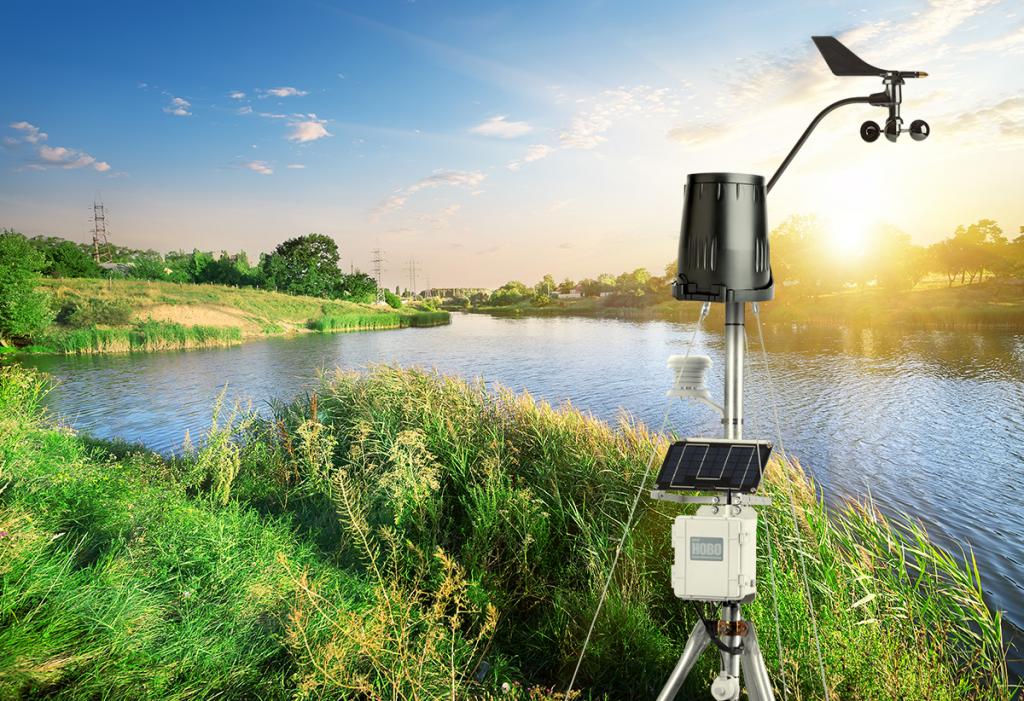By the 21st century, man has achieved a lot: he is surrounded by roads, skyscrapers, cars, and functional devices. These things, however, cannot completely remove people from nature, powerful and rebellious, it will always have an impact on society. Man can only learn to predict her behavior and in accordance with him to build their plans. For this purpose, environmental monitoring was specially created.
What do we know about the word "monitoring"?
The word "monitoring" originated in the Latin language, then migrated to English, and later became established in the Russian dictionary. So, monitor means “resembling”, “overseeing”, “warning” and is interpreted as a whole complex of regular observations, assessments and forecasts of any object, with the aim of monitoring and, if possible, optimizing the processes taking place with its participation.
What about environmental monitoring?
If we are talking about environmental monitoring (hereinafter referred to as the MOC), then it is clear that the object of the research in this case will be nature and its condition, as well as changes that occur in it both naturally and as a response to human activity.
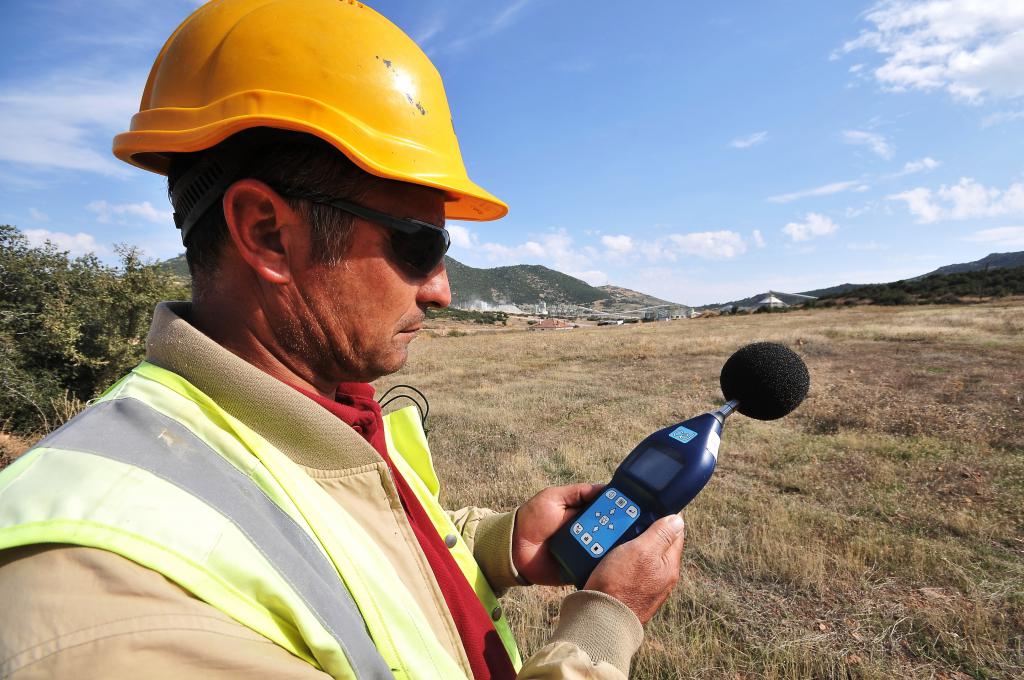
Where did this concept come from?
Officially, what is environmental monitoring, decided in 1971 at a meeting of UNESCO before the 1972 UN Stockholm Conference, which was dedicated to this issue. It was then that the term was first used.
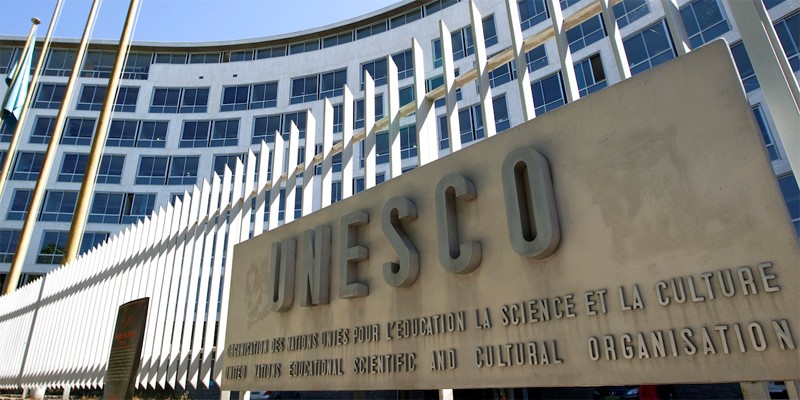
However, in the world, professional tracking of fluctuations in climate, weather, and its phenomena was carried out long before that - about a hundred and a few years. These include the well-known meteorology, seismology and other types of observations and measurements. Nowadays, the range of research is rapidly expanding, the number of measured parameters is growing, a network of special stations is developing. Along with this, there is an assertion of those involved in environmental monitoring that these measures along the way complicate problematic issues that require immediate resolution.
Monitoring one or several?
Monitoring can be the most diverse, in order to create a holistic picture of this subject, it will be useful to get acquainted with its various types.
Based on goals and objects, sanitary-hygienic, environmental and climate monitoring is distinguished.
1. Sanitary-hygienic is primarily engaged in monitoring environmental pollution and comparing its quality with hygiene standards MPC (maximum permissible concentrations) identified for the protection, health and the protection of a favorable living environment of the population.
2. Environmental monitoring plays an important role in the global environmental control system. It focuses primarily on renewable resources and analyzes the anthropogenic impact on ecosystems and their response to stimuli in the form of humans. This is the main goal of this type of monitoring. The task is to study the typical, most common response effects, not of individual organisms, but of their community (ecosystem).
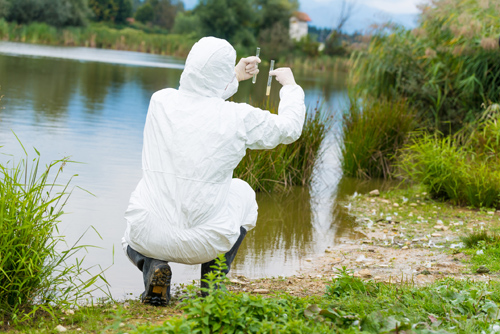
This type of monitoring includes the following types of control:
- For atmospheric air. It is characterized by the fact that the complex of program observations is aimed at accumulating data for their subsequent evaluation and use as a basis for predicting possible changes in the future.
- For the hydrosphere.Its peculiarity is that it monitors the state of affairs in waters of different levels, we are talking about surface and underground.
- For the lands (soils). Observations are carried out on the state of the land cover and soil composition, in accordance with which decisions are made on measures to protect the land from the negative effects of external factors.

- For radiation. Accordingly, the status and conjuncture of the radiation background are evaluated.
3. Climate monitoring is an environmental service that is engaged, as usual, in monitoring and forecasting climate changes and fluctuations. It resembles an ecological one, but its subject matter is not within the entire biosphere, but only in that part that affects climate formation. This, as you know, the atmosphere, surface waters, snow masses, etc. Climatic monitoring is closely related to hydrometeorological observations.
Other classifications of monitoring can be given.
So, depending on the scale, there are:
- Biosphere, it’s still global. Within its framework, the monitoring of general global processes in the biosphere of the planet is carried out in order to predict and warn about emergencies and extreme threats.
- Impact. It works on a smaller scale - local points (district or even enterprise). It reports on anthropogenic influences (industrial facilities or individual sources) and emergency situations (in the event of catastrophes, accidents, calamities, epidemics).
- Biological. Narrowly directed observations of biological resources - plants and animals. Bioindicators are used for these measures. Investigations are carried out on the territories of reserves or in other nature conservation zones.
Environmental monitoring
A prerequisite for high-quality environmental management is the proper organization of the monitoring system.
The MOS system includes four main blocks:
- Observation (this means obtaining data on the general condition of objects under observation). They are carried out with a certain periodicity, at clearly defined time intervals, which is very important to obtain a complete and clear picture. Observations can be made either by individual stations (pointwise) or by their entire network. In order to separate anthropogenic and natural (natural) modifications from each other, it is necessary to store data for past years for comparison with previous indicators. This will make it possible to more accurately calculate the intensity of processes and predict their consequences.
- Assessment of the current state. Information obtained from the previous stage is analyzed by specialists who are able to determine with high accuracy the degree of deterioration or, conversely, the well-being of the state of the object, establish the reasons for this, outline the trends of the subsequent variation of its state.
- Prediction of the condition. At this stage, not only the future is assumed, but also attempts are made to reinforce the hypotheses with certain evidence (calculations, indicators, etc.).
- Evaluation of the forecast. The results obtained are again evaluated, and then delivered to the audience in one format or another.
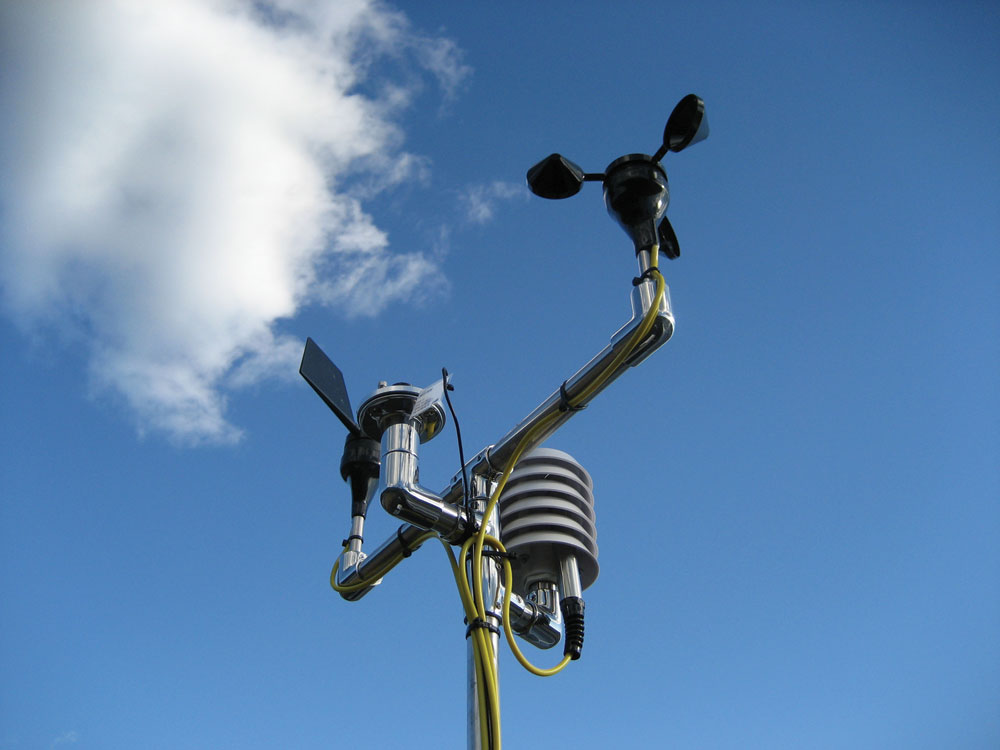
GEMOS
The authorities responsible for the country are most concerned about the state of the environment, it is they who organize activities to study and protect nature in order to provide citizens with comfortable living conditions. Such activities in government are commonly called state environmental monitoring (GEMOS).
Legal regulation of the GEMOS
Being extremely important, this activity of the state is fully regulated by the legislation of the Russian Federation. Such legal acts as the Federal Law "On Environmental Protection", the Water and Forest Codes, the Federal Law "On Air Protection" and several others are devoted to this area.
In addition, regulatory articles on MOC are found in all natural resource and other regulatory legal acts. For example, the sanitary and epidemiological surveillance authorities carry out their work on social and hygienic monitoring, based on the Regulation on such monitoring.
Who carries out environmental monitoring in Russia
The legislator has exhaustively established the subjects that organize and carry out environmental monitoring of the environment in Russia. First of all, the entire system of authorized bodies is headed by the Government of the Russian Federation. In its structure are the Ministry of Natural Resources of the Russian Federation, the Ministry of Agriculture of the Russian Federation and their subordinate federal environmental monitoring services and agencies competent in this field. For example, these include: the Federal Service for State Registration, Cadastre and Cartography; the center for environmental monitoring and hydrometeorology is the Federal Service of the Russian Federation of the same name, this includes Rybnadzor and other government authorities.
What is environmental monitoring in the Russian Federation
At the state level, GEMOS is designated, firstly, as an integrated system for monitoring the natural environment and its state, assessing and predicting its changes under the influence of factors of natural and anthropogenic properties. And secondly, as environmental monitoring, carried out by the federal state authorities and the authorities of the subjects.
From the history
GEMOS activities began in the 30s as early as the USSR. Then, in connection with the problem of water consumption, research and control of surface and underground water bodies were relevant.
In the 1950s, the first tests of nuclear weapons were carried out, so it became necessary to identify and organize the fight against radiation pollution of the natural environment.
The year 1972 was marked by the creation of a number of special organizations, departments, and services that perform similar functions of environmental monitoring, and therefore, their preservation in a renewed Russia was considered inappropriate. Therefore, in 1993, the Unified State System of Environmental Monitoring of Russia (EGSEM) was created, and the main goal was to ensure safety and environmental protection. The tasks were the observation, storage and processing of information on the status of the environment, as well as research and a comprehensive analysis of the identified data and the subsequent informing of citizens and stakeholders in this area. However, this attempt turned out to be weak, the environmental monitoring system survived only until 2003. As her concept stopped in development, and the goal was not achieved. Today there is a new decision of the Government of the Russian Federation on the organization and implementation of the GEMOS.
The functions of environmental monitoring in the Russian Federation
Among their large number, the main ones can be distinguished:
- Surveillance of the state of the environment in places where factors of anthropogenic influence are located.
- Analysis, assessment and identification of trends in environmental conditions under the influence of both biological and anthropogenic phenomena.
- Providing the needs of the state as a whole, its officials, organizations and citizens with complete, competent, reliable information about the state of the environment. This is important because it is necessary to prevent or reduce the negative effects of adverse changes.
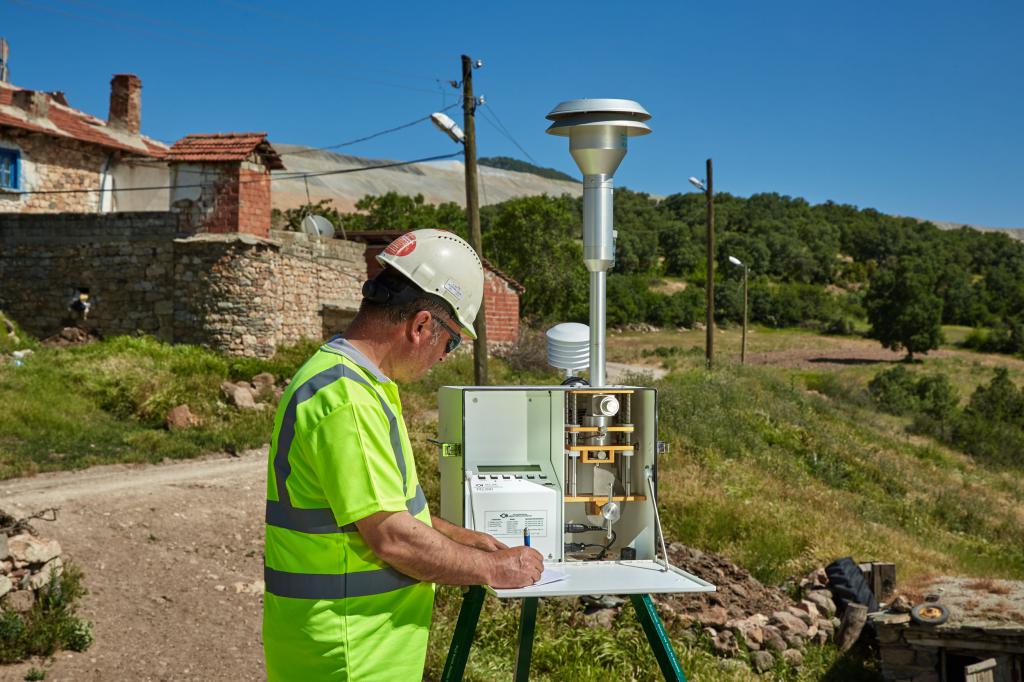
Features of the organization of GEMOS in the Russian Federation
Some Soviet hardening of Russia led to the construction of a GEMOS, the activities of which are regulated in the strictest manner. In our country, GOSTs (state standards), SanPiNs (sanitary norms and rules), RD (governing documents) and OND (Union-wide normative documents) adopted in the days of the USSR are in force.State ecological monitoring of the environment is carried out using special observation stations connected to the network and the information resources of the state data fund (hereinafter - GFD). The named elements are parts of the USSEM.
State Data Fund
For the implementation of better and mobile monitoring, GFD is of great importance. I must say that until 2013 in the country, environmental control was carried out by many competent authorities. As a result, research data were fragmented at the locations of ministries, services and departments, and their interchange is difficult.
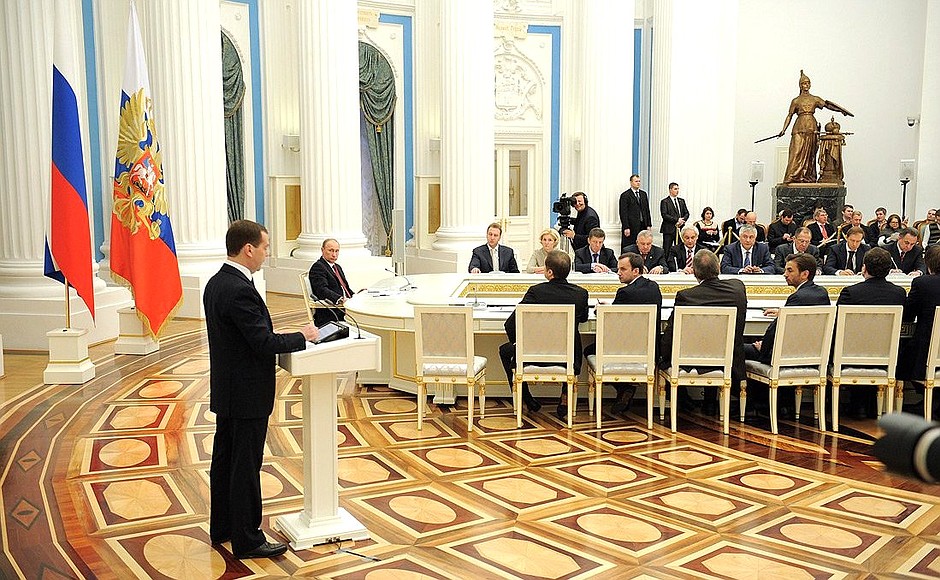
The salvation was the creation of such a valuable resource as a foundation. This is a single information system, where all the data obtained during the monitoring flow together, which, of course, solved the above problem.
